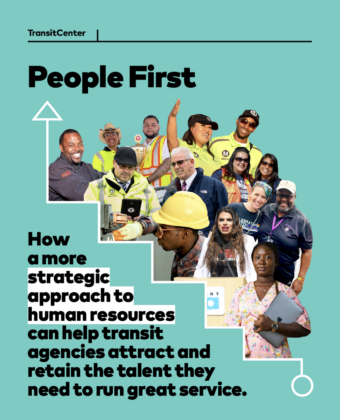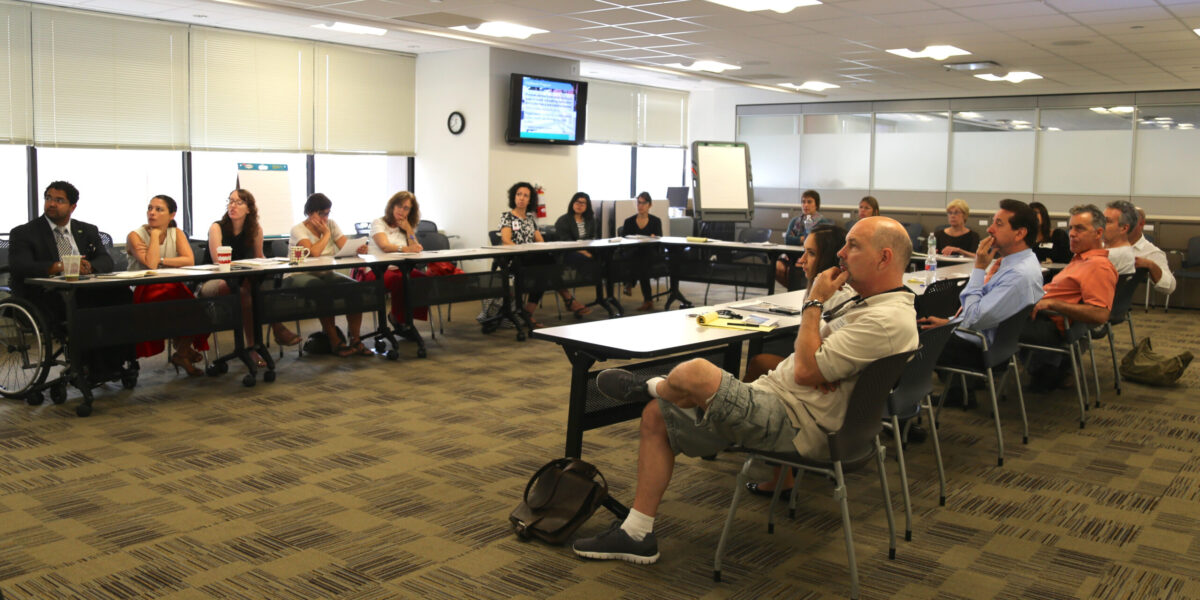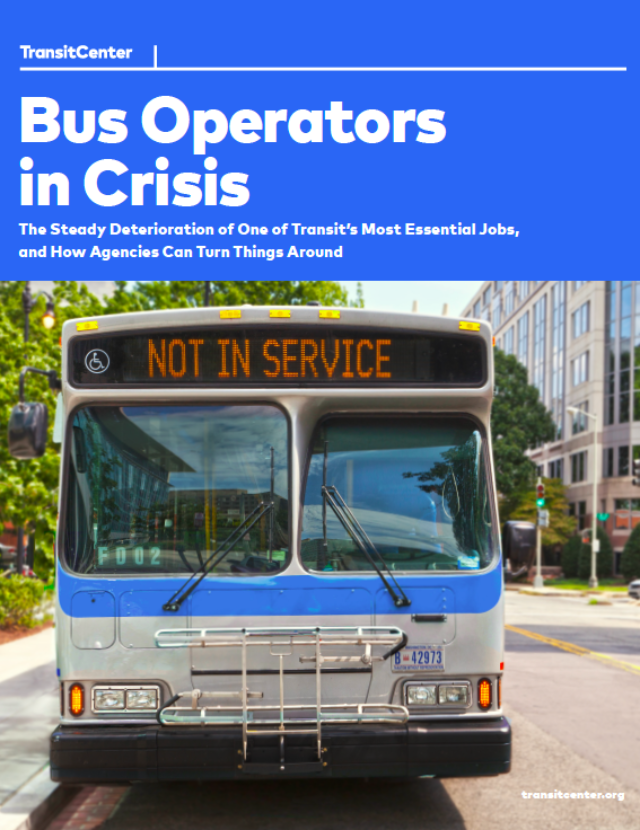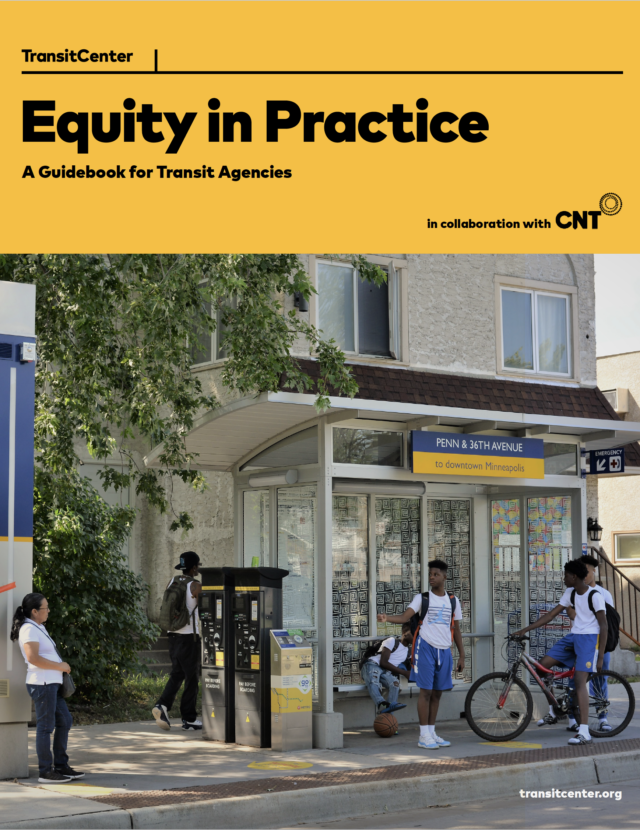Report Summary:
Whether we live in a big city, the suburbs, or a small town, most of us want our communities to be equitable and vibrant. Public transit gives us a healthy, clean, and affordable way for everyone to get around.
But public transit across the US is facing a workforce crisis that is impeding its ability to provide mobility for all. In 2022, 96% of 190 transit agencies surveyed by the American Public Transportation Association (APTA) reported workforce shortages, and 84% reported those shortages impacted the ability to operate transit service.
The workforce shortages are impacting the people who ride transit and limiting transit’s recovery from the pandemic. In June 2022, the Massachusetts Bay Transportation Authority (MBTA) had to reduce frequencies on their subway lines due to a shortage of dispatchers; a year later full service still has not returned. Along with overworked dispatchers, the Federal Transit Administration (FTA) found that the MBTA lacked enough employees (13.4% of positions were unfilled at the time) to safely manage its capital projects. Miami-Dade County delayed the June 2022 implementation of their Better Bus Network due to operator shortage; it is now scheduled for November 2023. In June 2023 King County Metro gave riders five days of notice that they were suspending six bus routes and some trips on additional lines due to worker and vehicle shortages.
The shortage of frontline transit workers is most visible to the public, but agencies are also short on administrative, capital, and planning staff. These shortages impact the daily functioning of agencies and slow down delivery of infrastructure projects that are necessary to improve safety, speed up buses and trains, and expand service. In June 2023 Denver’s Regional Transportation District (RTD) had to put a major maintenance project on hold to use their resources to address emergency signal repairs elsewhere in the network.
Not only does the high number of vacancies impact the quality of the service riders experience, it also impacts the workers who remain on staff. Resignations and retirements during the pandemic in addition to longstanding unfilled positions have caused many transit employees to take on additional workload. Understaffing creates a vicious cycle that inevitably leads to more resignations and retirements.
To begin to solve this problem and deliver on transit’s important societal goals, agencies must develop a forward-looking people strategy. To make transit agencies workplaces of the future, agencies will need to transform Human Resources (HR) into strategic functions that can proactively address future workforce needs, prioritize professional development and succession management, and build a positive workplace culture. Every step of the transit people pipeline should be re-thought, including: advertising for transit jobs; the length of the hiring process; professional development and support once employees are hired; and how agencies institutionalize knowledge and plan for departures.
Large government organizations are not known for their nimbleness or ability to change. Luckily there are agency and HR leaders doing innovative work to address these challenges and examples of best practices from outside the transit industry. Making wide-scale improvements will require partnerships between agencies, unions, community organizations, and educational institutions. In some cases, it will also require policy changes at the local and state level to change how public sector hiring is managed.
Divided into five sections, this report provides recommendations for agency leadership, policy makers, and for community advocates. The first section gives background on the cause of the current crisis. The second discusses the challenges preventing HR departments from being strategic partners and the resources and skill sets they need to succeed. The final three sections highlight needed changes and solutions in hiring practices, retention practices, and organizational culture.
Read the full report.



